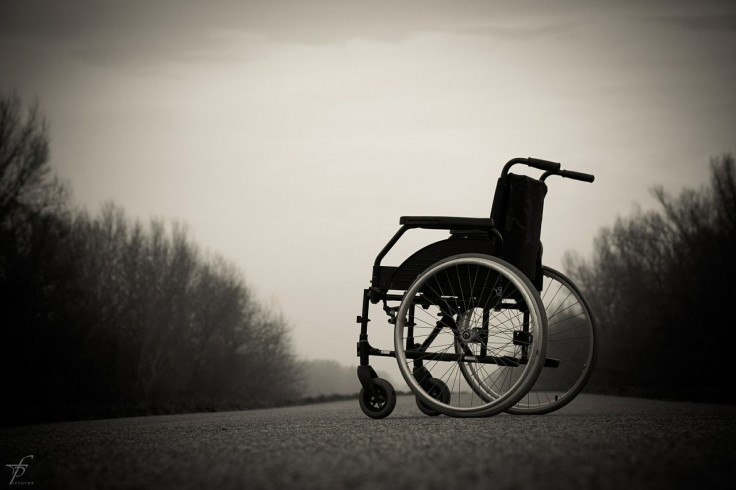Elderly Hip-Fracture Patients Aren't Treated For Osteoporosis, Despite A Causal Link

The majority of elderly adults who’ve had a hip fracture aren't treated for osteoporosis, despite the fact that hip fractures usually indicate the presence of the bone disease. These findings come from a new study conducted by Northwell Health physicians, which will be presented at the American Geriatrics Society's 2016 Annual Scientific Meeting, in Long Beach, California.
Using a telephone survey, the researchers questioned 42 hip fracture patients about their course of treatment. The patients were mostly female with an average age of 86 years old. Based on their responses, the researchers reported that 57 percent of the patients had not been advised to take osteoporosis medication after their hip fracture.
"You can die after a hip fracture, and you're at great risk of prolonged complications," said senior author Dr. Gisele Wolf-Klein, director of geriatric education for Northwell Health, in a press release. "You can also be left as an invalid, a fear of many older adults. When we think about how preventable hip fractures are, the fact that most patients aren't told or understand they have osteoporosis — a disease that can be treated — is an enormous problem."
Osteoporosis is a disease characterized by weak and brittle bones. Worldwide, osteoporosis contributes to 8.9 million fractures annually, or one new fracture every three seconds. Typically, a patient’s family medical history is used to help doctors diagnose osteoporosis. But while only 12 percent of the study’s patients reported having a family history of osteoporosis, the researchers said this was not indicative of their risk level.
"Self-reported family history from these patients is notoriously unreliable, and when it is there, they still can get it wrong," said co-investigator Dr. Stuart Weinerman, an endocrinologist at Northwell Health.
Though a family history of osteoporosis was not common among the participants, 38 percent of them fell again within one year, and 44 percent of those falls resulted in an additional fracture.
"These numbers show the need to improve our overall treatment plan for osteoporosis, which includes fall-prevention education for patients and their families," said study leader Dr. Mia Barnett. “We can definitely get that re-fracture number lower if patients are treated with osteoporosis medications."
Sixty-four percent of the study’s participants said they were taking calcium and vitamin D supplements to prevent osteoporosis. But the study’s authors — as well as past research — found these methods useless for preventing osteoporotic fractures.
Instead, the researchers suggested taking prescription drugs for osteoporosis, which help maintain a healthy bone density. Prescription options include weekly pills or even a twice-yearly injection. But when the participants were asked if they would try prescription medications for osteoporosis, half said they were not sure and 25 percent completely rejected the idea .
"There's an enormous amount of misunderstanding about osteoporosis among the public and lack of education from physicians taking care of patients," Weinerman said. "Doctors don't talk about it and the perception is that these osteoporosis drugs are dangerous or not effective. Unfortunately, these misperceptions are just incorrect. So a lot of public education needs to be done, but it should start with physicians."



























